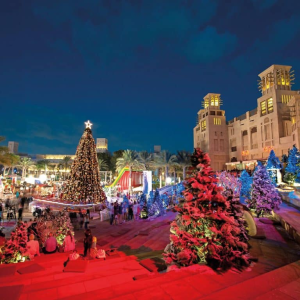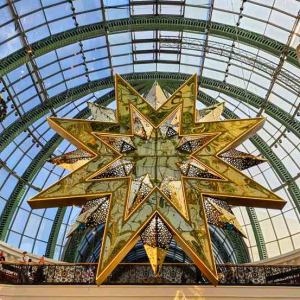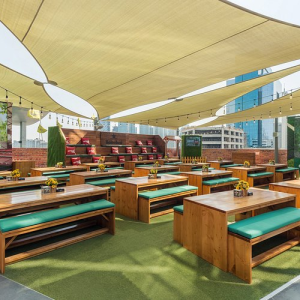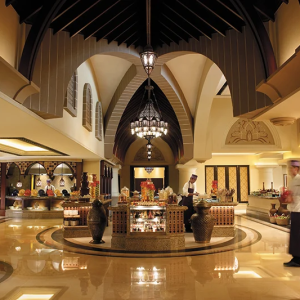In the heart of the United Arab Emirates, where modern skyscrapers pierce the sky and luxury cars glide along pristine highways, lies a contrasting narrative—one of forgotten desert towns, silent and buried beneath the sands. Emirati photographer Obaid AlBudoor has taken it upon himself to unearth these tales, capturing the essence of a bygone era through his evocative imagery.
A Journey Rooted in Passion
Obaid’s fascination with photography began in his youth, inspired by his father’s dedication to documenting family moments. This early exposure ignited a passion that would later drive him to leave a stable job and pursue photography full-time. His mission: to showcase the UAE’s lesser-known landscapes and cultural heritage, often overshadowed by its rapid modernization.
“Arabia is beautiful. My prerogative is to document and show people how beautiful it is,” Obaid shares, emphasizing the underappreciated aspects of his homeland.

Capturing the Soul of Abandoned Villages
One of Obaid’s notable projects involves photographing deserted villages like Al Madam, a settlement built in the 1970s and later abandoned. The village, now partially buried by sand dunes, offers a haunting glimpse into the past. Through his lens, Obaid brings to life the stories of these silent towns, highlighting their architectural uniqueness and the lives once lived there.
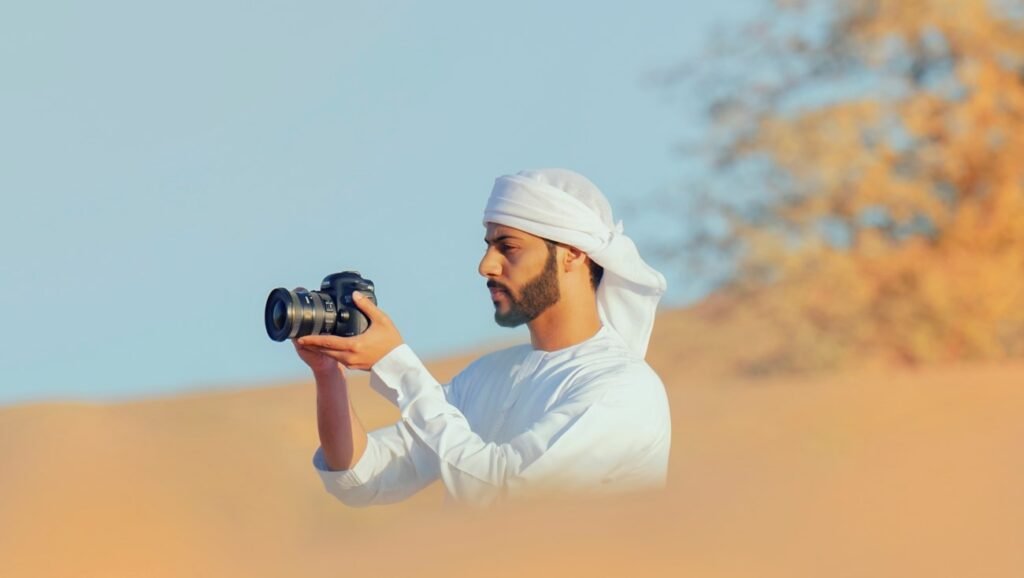
His work not only preserves these sites visually but also sparks conversations about cultural preservation and the impacts of rapid urban development.

Balancing Exposure and Preservation
While Obaid’s photographs have garnered attention and inspired many to explore these hidden gems, he remains cautious about the effects of increased tourism. He notes that places like Al Madam have suffered damage due to careless visitors, leading to efforts by local authorities to protect these sites.
“Social media tourism is a double-edged sword,” he remarks, advocating for responsible exploration that respects the integrity of these historical locations.
A Fragile Future
Despite all this attention, the desert’s future remains precarious. Urban development, over-tourism, and climate change continue to threaten its delicate balance. But documenting deserts — in all their forms — could play a crucial role in protecting them.
The UAE government has begun incorporating desert conservation education into its national curriculum, and more eco-tourism initiatives now emphasize low-impact desert experiences.
“There’s no better ambassador for desert protection than a well-told story,” says Layla. “Whether it’s a photo, a map, a poem, or a footprint — each piece we record brings the desert closer to those who may never walk it.”
A Living Legacy
As the world rushes forward, there’s a profound stillness to deserts — a kind of slow memory that holds fast even as cities bloom on their edges. Documenting that memory is more than just art or science; it’s preservation. It’s resilience. It’s homage.
In the UAE, where the sands have shaped culture, identity, and imagination, the desert is not disappearing quietly. Thanks to those who are listening, watching, recording, and remembering — its stories will not be lost.
Inspiring a New Narrative
Obaid’s dedication extends beyond photography; he aims to educate and inspire. By sharing his work, he encourages both locals and expatriates to delve deeper into the UAE’s rich history and cultural tapestry. His images serve as a bridge between the past and present, fostering a deeper appreciation for the nation’s roots.
In a country often associated with futuristic advancements, Obaid AlBudoor’s work is a poignant reminder of the stories etched in its sands, waiting to be told.
Preserving Through Art
In Dubai, the Jameel Arts Centre recently launched Dune Lines, a group exhibition featuring regional and international artists who interpret desert life through various mediums — sculpture, mixed media, digital installations.
One standout piece features a time-lapse video of a single dune shot over four seasons. As sand shifts, colors deepen or fade, and the light changes — viewers are reminded of the desert’s surprising dynamism.
The exhibit includes a QR code that links to an open-source database of desert documentation tools, from recording apps to citizen science kits. The idea is to democratize the documentation process, allowing anyone to contribute to this growing collective memory.
Read More: The UAE’s Miniature Train Enthusiasts: A Hobby with a Community Heart



